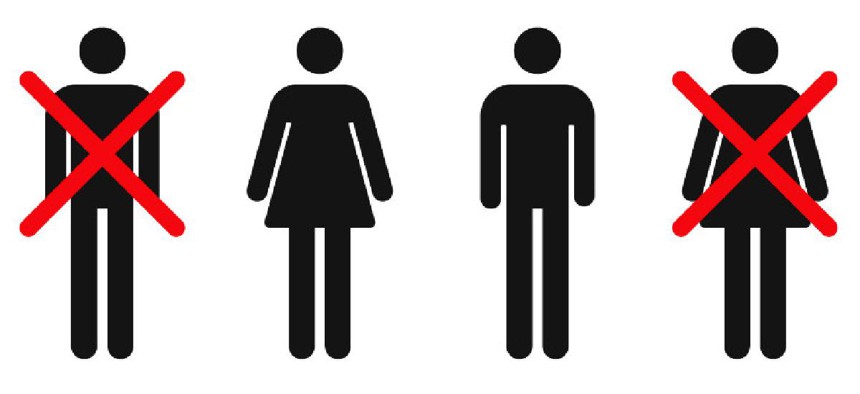White House looks to cut workforce, civilian-side funding

As part of its $4.4 trillion budget proposal, the White House is looking to cut retirement benefits for feds and take steps to peg pay to performance.

As part of its $4.4 trillion budget proposal for fiscal year 2019, the White House is looking to offset its bumps in military spending with deep cuts to federal workforce retirement benefits and civilian agencies' budgets.
This year, the budget arrived with an addendum from OMB chief Mick Mulvaney, which realigns the numbers to the top-line spending caps in the recently passed budget resolution.
While the budget document is a strong indicator of administration priorities, the House and the Senate will draft appropriations bills to fund agency activity.
"The committee will perform our own analysis and craft legislation that reflects the will of the House and the needs of the people we represent," said House Appropriations Chairman Rodney Frelinghuysen (R-N.J.) in a statement in response to the budget request.
Federal pay and benefits
In its proposal, the White House terms the current civil service system "a relic of an earlier era," and calls the laws and regulations surrounding hiring, pay, performance management and retirement "complex and outdated."
One of the proposed reforms to the civil service includes a pay freeze for civilian employees in 2019; military members, by comparison, would receive a 2.6 percent pay raise.
"We did not propose a civilian pay raise this year," Mulvaney said in a Feb. 12 press call. "Instead what we’ve done is set up a $1 billion fund with an idea toward giving managers the ability to give pay to people who actually merit the increase. Somewhere in the high 90’s of federal workers get programmatic performance based increases every year. I think it’s fair to say that’s probably not a true performance-based indicator."
The proposal also outlines significant cuts to federal retirement benefits. The White House estimates the proposed changes -- eliminating cost-of-living adjustments for Federal Employee Retirement System retirees; reducing Civil Service Retirement System retiree cost-of living adjustments to 0.5 percent; recalculating the pension formula from the average of an employee's three highest salary years to the five highest; increasing employee retirement contributions by one percent per year; and reducing the G-fund interest rate -- would save more than $2.5 billion in fiscal year 2019, and almost $84 billion over 10 years.
The pensions goal, according to the budget document, is to raise employee contributions to 50 percent of cost, which it says aligns more closely to private sector employment. The proposal also includes a carve-out to minimize the pain to feds in law enforcement and firefighting activities, although their contributions would continue to go up.
Overall, the administration's budget proposes cutting the number of full-time employees at the vast majority of cabinet agencies. The Departments of Commerce, Defense, Homeland Security, Labor and Veterans Affairs are the exceptions.
The budget also looks to reform the general schedule's compensation model and make it easier to hold employees accountable.
"This is yet another area where the Federal workforce could benefit from adopting some private sector norms," the proposal reads.
The National Treasury Employees Union, which represents 150,000 federal employees across 32 departments and agencies, released a statement blasting the budget proposal.
"Taken together, these proposals represent a full-scale assault on what has been a bedrock of our democracy: a civil service made up of skilled professionals who are committed to the taxpayers they serve, not the politicians," said NTEU President Tony Reardon. "Weakening our civil service system and attacking the pay and benefits of federal workers will backfire and leave our country unable to tackle the complex issues we are facing… NTEU will fight these proposals."
The Office of Personnel Management also released its strategic plan for fiscal years 2018 through 2022. Its Agency Priority Goals include making it easier — using paperless processing — for federal employees to transfer from one agency to another, modernizing the hiring process and adopting human capital analytics, improving communication between OPM and other agencies, as well as making agency processes more efficient.
The White House also proposes massive savings through its agency reorganization plans.
While light on agency-by-agency specifics, the budget estimates through reorganizing and cutting non-defense appropriations by two-percent every year, it will achieve $32 billion in savings in fiscal year 2018, another $27 billion in fiscal year 2019, $438 billion through 2023, and nearly $1.5 trillion in 10 years.
Robert Shea, a principal of Grant Thornton's public-sector practice, said he was "skeptical about the accuracy and ambitiousness of those numbers."
"I think it's going to be really difficult to get a lot of savings from reorganization, certainly on the front end," he said. "On the front end, it's actually going to take a bigger investment to get there."
In the budget proposal, the only non-defense agencies that enjoy a budget increase over fiscal year 2017 enacted levels are the Departments of Veterans Affairs, Homeland Security and Commerce.
And most of Commerce would actually see cuts. The White House proposes a $600 million -- or 0.6 percent -- increase for the department over its fiscal year 2017 enacted budget. However, that number is buoyed by a requested $2.3 billion increase for the Census Bureau.
The Environmental Protection Agency (about 25 percent), as well as the Departments of State (about 23 percent), Agriculture (about 16 percent) and Housing and Urban Development (about 14 percent) also face steep cuts.
For the second consecutive year, OMB requested a $8 million increase over its FY2017 enacted level of $95 million.
NEXT STORY: DOJ's Kevin Deeley passes away


